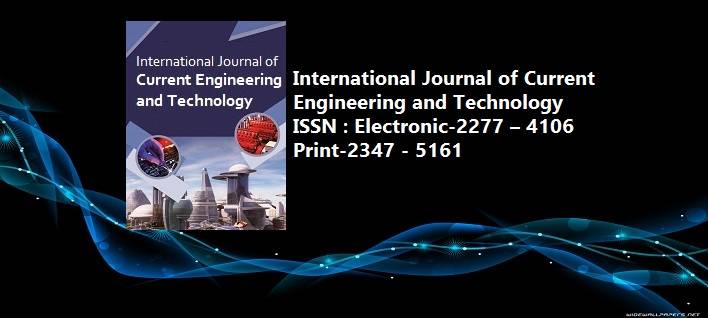Presenting traffic analysis zone method for origin-destination statistics operations in Iran
Pages : 10-16, DOI:https://doi.org/10.14741/ijcet.v8i01.10879
Download PDF
Abstract
Traffic zoning has been studied less than other transport modeling processes. In network analysis and transport planning studies, a point is usually introduced as the center of a zone for each traffic area, and urban areas were considered as centers of gravity in the country’s traffic zoning for the purpose of carrying out origin -destination studies. After determining the homogeneous centers, in this study, 5 criteria: load and passenger were produced and absorbed and the population was the factor of weighting cities, the boundaries of the regions according to the similarity, coherence, proportionality of the area, the facilitation of the statistical process, statistical access , presence of the gravity and the number of areas were determined. In the first step, based on weighting items (5 items in total), a preliminary list of cities was extracted. According to this list, seven scenarios were designed and prioritized to cities that were weighted in 5 items based on the data recorded in the bill of lading and the face of the situation in the Road Transportation Organization as well as the population in the Center of Statistics of Iran. Finally, according to the Pareto principle, centers of gravity were obtained. The four final scenarios were also studied considering the country’s roads on provincial, city, district and rural scale. Finally, the boundary of the regions was determined on the basis of the boundaries of the cities. Then, considering and prioritizing the country’s important shipping points such as terminals, mines, economic regions, customs, …, the adjacent parts of these points were carried out with homogenous centers, aggregation and reduction of their number. According to these areas the country will eventually be divided into 124 districts, 776 stations were selected for the purpose of collecting the origin-destination data.
Keywords: Iran’s Traffic Zoning Area, Origin-Destination Statistics, Pareto Principle
Article published in International Journal of Current Engineering and Technology, Vol.8, No.1 (Jan/Feb 2018)



















 MECHPGCON, MIT College of Engineering, Pune, India
MECHPGCON, MIT College of Engineering, Pune, India AMET, MIT College of Engineering, Pune, India
AMET, MIT College of Engineering, Pune, India International Conference on Advances in Mechanical Sciences
International Conference on Advances in Mechanical Sciences  International Symposium on Engineering and Technology
International Symposium on Engineering and Technology International Conference on Women in Science and Engineering
International Conference on Women in Science and Engineering




